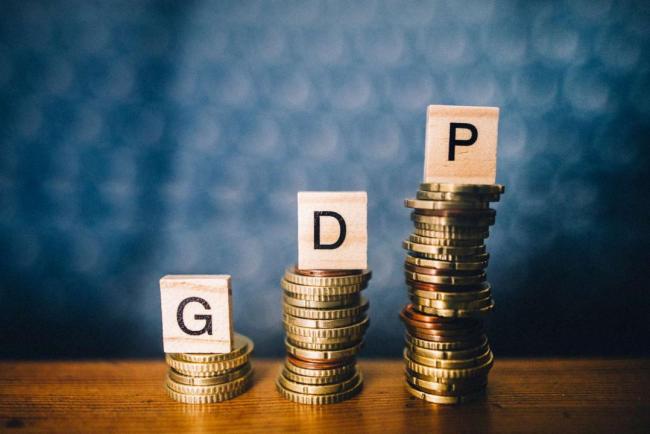The Key Factors Driving India To Become The Third-Largest Economy By 2030

The future of India's economy looks bright with its economic boom powered by manufacturing investments, energy transition, and robust digital infrastructure. According to a report by Morgan Stanley, by 2030, India will become the third-largest economy in the world. The four factors favoring India are its demographics, decarbonization, digitization, and deglobalization. Not only has the internet connectivity improved, but the internet speed, which can be checked on Speed Test, also saw a massive improvement. By 2030, it will replace Japan as Asia's second-largest economy. At present, India houses the sixth largest economy and is only behind the U.S.A., China, Japan, Germany, and the U.K.
India To Witness A Growth In Its Nominal GDP
In 2021, India's nominal G.D.P. was $2.7 trillion, and according to recent forecasts, it will touch $8.4 billion by 2030. With such an increase in nominal G.D.P., it will become the second-largest economy in the Asia-Pacific region.
Its big and fast-growing middle class contributes to the rise of nominal G.D.P. It is the section of society that drives most consumer spending. The effect of the rise of the nominal G.D.P. would be such that it would increase consumption expenditure. The consumption expenditure of $1.5 trillion in 2020 is expected to increase by two folds by 2030.
Even now, after battling the economic impact of the pandemic, the Indian economy is experiencing a growth rate of 6.7%.
Role Of Different Sectors
The sectors that play critical roles in the country's economic growth are manufacturing, infrastructure, service, and eCommerce. Furthermore, with improved internet connectivity and speed, verifiable on BSNL and smartphone affordability, in the coming time, the eCommerce sector will play a more significant role in the country's economy. It is expected that internet accessibility will reach 1.1 billion Indians by 2030.
This massive economic growth will further be supported by technological development and start-ups. With India paving its way into the world economy, it will soon become one of the most important economies for multinationals.
Large MNCs like Google and Facebook currently show immense interest in the country's domestic consumer market. Additionally, the flow of Foreign Direct Investment, or FDI, has been strong for the country for the past five years. Furthermore, it gained momentum in the last two years.
Role Of Government In The Economic Boost
The Government of India is working hard to boost the country's economy, as evidenced by the launch of Make in India and the National Policy on Electronic 2019. Further, it is supporting different sectors through its Production-linked Incentive scheme. India's telecom sector also recently underwent a massive transformation that resulted in an employment boost, growth, and an increase in consumer interest.
Also, the government is focusing on increasing the usage of renewable energy. Its current plan is to receive 40% of its energy from non-fossil sources. Besides this, India joined hands with the United Kingdom to launch Roadmap 2030 to fight climate change.
What To Expect Next?
Even though all the sectors of India are growing, the growth is not homogeneous. For instance, the manufacturing and construction sector is performing well. However, the same cannot be said for small businesses, women, low-skilled individuals, and self-employed people. It also indicates that most of the country's economic growth will result from the growth in the infrastructure and manufacturing sectors.
To ensure sustainable growth, taking care of the small business and the informal sector will become essential. Further improvement can be made in the parameters of ease of living and ease of business. It is also important to consider women as integral members of the Indian workforce to ensure sustainable economic growth.
It is also forecasted that the eCommerce penetration rate of the country will be 12.3% by 2031. Also, in the next decade, there will be more than 700 million online shoppers in India. India is expected to see 25% of the incremental global car sales in the automobile sector. The technology sector is in for a massive change for good. In 2021, the number of people engaged in the technological service sector in India was 5.1 million. This number will grow to 12.2 billion by 2031.
The coming decade can be considered India's decade for all the right reasons. It would be interesting to see whether India can manage the forecasted data or not. However, with the current growth trend, the hopes are definitely high.
Also Read:Skilling for Jobs in New Economy to Require Flexible Approach, Life-long Learning





